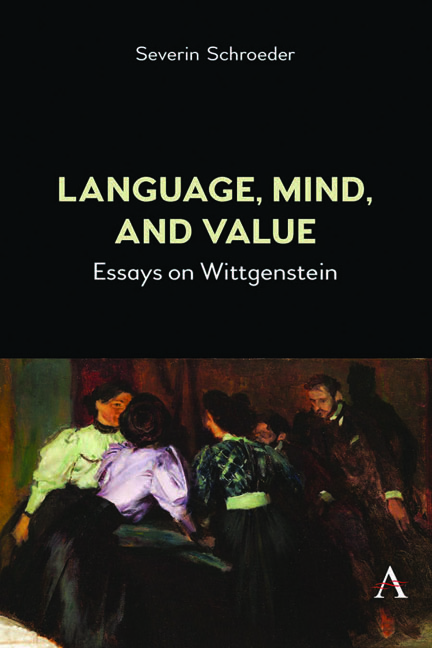13 - The Emergence of Wittgenstein’s Views on Aesthetics in His 1933 Lectures
Published online by Cambridge University Press: 13 April 2024
Summary
The most detailed account of Wittgenstein's views on aesthetics can be found in his 1938 lectures (published in LC), together with some scattered remarks all over his notebooks, many of which have been collected in Culture and Value. His earlier discussion of aesthetics in his lectures in 1933, taken down by Alice Ambrose and published in 1979 (AL), presents largely the same ideas but is much sketchier. The 2016 publication of G. E. Moore's more detailed notes of the same lectures (M), however, enriches the picture in interesting ways. It is still recognisably the same approach to aesthetics we know from the 1938 lectures, but it sheds more light on the emergence of Wittgenstein's ideas. In the following, I shall try to complement the previous two chapters’ presentation of Wittgenstein's views on aesthetics with a more genetic account based, after a cursory glance at earlier writings, on some of the details of the 1933 lectures.
‘Ethics and aesthetics are one and the same’
The first mention of aesthetics in Wittgenstein's works is in a gnomic remark towards the end of the Tractatus asserting that ‘Ethics and aesthetics are one and the same’ (TLP 6.421). What does Wittgenstein mean by that?
Could that sentence be an expression of aestheticism: the outrageous idea that moral issues are to be regarded from a purely aesthetic point of view? It would appear that, on such a view, a violent crime could be good, provided it was perpetrated with style and elegance. But then we should probably not say that ethics and aesthetics coincide, but rather that ethics is replaced by aesthetics. We would just abolish moral considerations in favour of aesthetic ones.
On another possible reading, the proposition would advocate the inverse encroachment: a thorough moralism to hold sway in aesthetics. The aesthetic value of a work of art or literature would simply be reduced to its moral or political value. Plato and Tolstoy sometimes denied the existence of genuinely aesthetic value – value that was not moral or cognitive – but their own literary practice gave the lie to such radical claims. At any rate, this too would not be a case of ethics and aesthetics being identical; it would mean that aesthetics was subsumed under ethics (cf. Appelqvist 2013, p. 45).
- Type
- Chapter
- Information
- Language, Mind, and ValueEssays on Wittgenstein, pp. 199 - 212Publisher: Anthem PressPrint publication year: 2024

